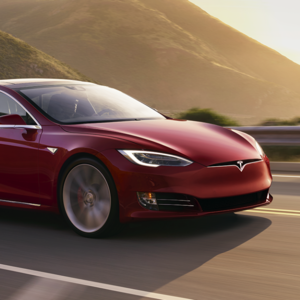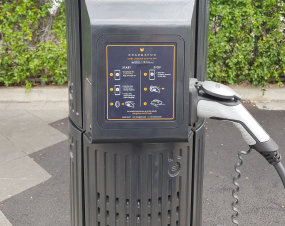The Electric Vehicle Council (EVC) has released a new State of Electric Vehicles report, comprehensively breaking down the current outlook of EV’s in Australia. The report contains updated information regarding EV sales, model availability, public charging infrastructure, policy, and the current and future range of vehicles available in Australia. Read on as we examine our 5 key takeaways from the report.
- Sales Continue to Increase
2021 electric vehicle sales tripled in comparison to the previous year, totalling 20,665 EVs sold and 2% market share of all sales, up from 6,900 sales and 0.78% market share, respectively. The Top 3 selling EV models during this period consisted of the Tesla Model 3, MG ZS EV & Mitsubishi Outlander. Increased model availability, lower prices and state incentives are all contributing to the rise in sales. Supply constraints were recognised as a barrier for sales as demand for EVs outweighed current supply, evident by popular models being sold out of their annual allocation within hours of being made available for purchase in Australia. The rise in EV sales figures certainly suggest a positive outlook for EV owners, manufacturers, and enthusiasts alike.
2. Limited Car Model Availability
Whilst sales are skewing in a positive direction, the current range of EV’s available in Australia pales in comparison to other countries. For reference, Australia currently has 30 EV models with 65 variants (37 Electric, 28 Hybrid) whereas the United Kingdom’s range compromises of 120 electric vehicle variants (80 Electric, 40 Hybrid), a significant difference. Supply constraints were again identified as the biggest obstacle as Australians are not able to access models that are available in international markets, limiting the range of choice our consumers have. Irrespective of this, electric vehicle models, motorcycles, scooters, trucks, and buses have increased in range from the previous year, and it is only expected to rise with state and territory governments continuously pledging to electrify public transport. Australia is expected to introduce an additional 31 battery electric vehicles (totalling 96) from a projected range of 28 models in the future. As Australia’s range of electric vehicles increase, expect EV sales to rise rapidly.
3. Addressing Charging Limits
Following a detailed introduction to charging, charging methods and how charging works, the report addressed the current state of electric vehicle charging limits. Existing charging was identified as limited due to electric vehicle’s technology being unable to accept the supply that some fast chargers are capable of dispensing. As a result, manufacturers are aspiring to engineer their vehicles so that they can accept the higher power levels fast chargers generate, to lower the time taken to charge a vehicle at a public fast charger. As government subsidies encourage higher-powered chargers, and they continue to be developed and deployed by charging manufacturers and network operators- charging as we know it will quicken and in turn encourage the purchase of EVs to those who are otherwise deterred by public charging speeds.
4. Infrastructure is Advancing
Support for the deployment of charging infrastructure from federal and state governments is intensifying across Australia. Currently Australia has 291 public fast charging locations, with an additional 700 stations expected to be implemented over the next 5 years, most of which will be able to charge multiple EVs at once. Additionally, fast charging equipment is to be increased in metropolitan areas to support owners that do not have access to home charging thanks to federal government support, whilst state government programs will increase charging gear in remote parts of the country to inspire confidence in travelling long distances with an EV. Further government backing is anticipated, and non-government large-scale rollouts of fast charging locations are expected once the market matures.
5. Federal & State Policy Update
The anticipated progression of charging infrastructure reflects the current policies in place at a federal level, where priority in funding has favoured the infrastructure of EV chargers. State level policies are much more inclined to provide incentives for the purchase of an EV. This is achieved through subsidies, interest free-loans, reduced registration fees and stamp duty exemptions. The Federal Government and Western Australia stand alone as they do not currently encourage the purchase of EVs through incentives. As with most of the world, due to technology readiness, Australia has predominately committed to passenger and light commercial vehicle uptake. To realise Australia’s net-zero commitments, it was noted that more must be done to address all forms of transport starting with trucks and buses which now have the technology to do so. The report also examined the average lifetime of vehicles finding that Australia is faced with shifting all new vehicles sales to electric within a 20-year timeline. This of course emphasises the need for more to be done across all vehicle segments. The role of policy evidently plays a very influential role in accelerating EV adoption in Australia.
Stay tuned for more EV industry news and updates on the JET Charge blog.



